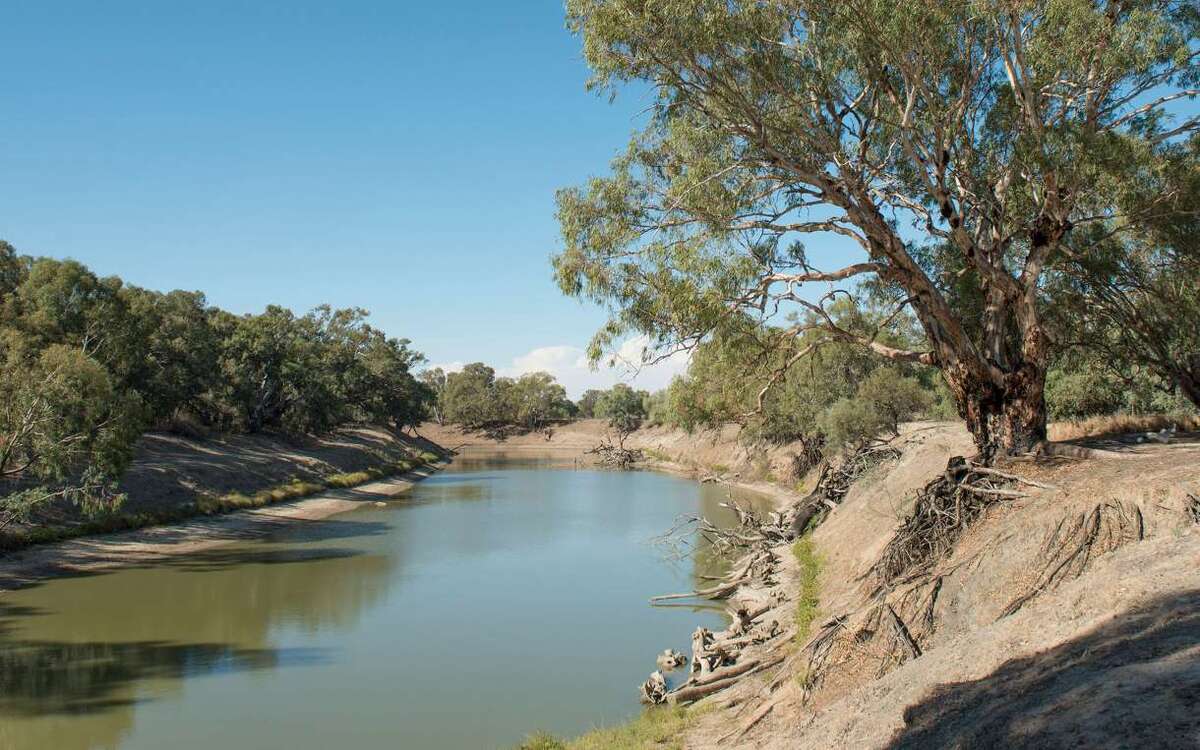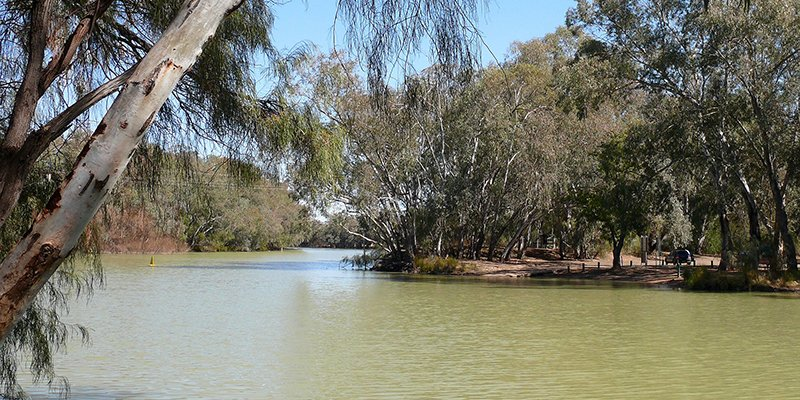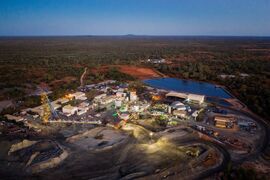Water plans create tension as roll out nears
Western Plains App
09 February 2025, 1:40 AM
 The Barwon Darling river system. Image: Supplied.
The Barwon Darling river system. Image: Supplied.Government plans to strip water from farmers will force many to pull the plug on food and fibre production, according to NSW Farmers.
The lobby group is rallying as the state government prepares to finalise its water sharing plans in eight major rivers across the state, including those catchments in the west.
NSW Farmers Water Taskforce Chair and Nyngan farmer, Richard Bootle said he has serious concerns about future water security.
“This is just another example of governments using excessive legislative power rather than working with farmers to achieve better outcomes for both the environment and for food security,” Mr Bootle said.
“Farmers are already generating huge biodiversity outcomes on-farm and changing the rules to restrict their access to water while locking up non-existent wetland areas on farm will only be counterproductive for everyone, as well as for the environment.
“In the Lachlan, land that has been farmed for over a century is being marked as wetlands while in Orange, water that has been used to grow fruit has been transferred to the council despite earlier court rulings against this.
“It’s nonsensical in some instances and downright wrong in others, and it must be stopped before farmers are ruined.”
Water users in the Barwon-Darling, Belubula, Lachlan, Gwydir, Murrumbidgee, Macquarie/Wambuul Bogan, Namoi and Peel rivers will all be affected by the water sharing plans currently under review.
Mr Bootle said it was vital farmers’ concerns were addressed by the NSW Government before the plans were made final.
“NSW Farmers has shared our concerns around these plans, but we know feedback on these plans have been ignored before – even when everyone agreed to the same changes – and that simply cannot happen again,” Mr Bootle said.
“There are very real concerns around what’s being proposed, why it’s been proposed, and crucially, what accountability measures have been put in place to ensure these plans are actually delivering what they set out to achieve.
“Farmers have built their businesses around water access over long periods of time and they need this water to produce food and fibre. Government plans must not jeopardise that.”
No stripping of water - government
A spokesperson for the Department of Climate Change, Energy, the Environment and Water (DCCEEW) dismissed concerns.
“Water sharing plans do not strip farmers of water. They simply set out the rules for how water is shared amongst all water users including when water is scarce in drought situations,” they said.
“Farmers in NSW who have water access licences can continue to access water in line with their entitlements as they always have.
“It is important to be very clear here - water sharing plans are not related to the Australian Government's water buyback scheme, which is a matter for the Commonwealth.
“NSW remains strong in standing up against water buybacks.
“Water sharing plans have been in place across NSW for over a decade.”

IMAGE: DCCEEW twitter
The spokesperson said there were 58 water sharing plans across the state and they were critical tools in protecting resources for agriculture, town water and the environment.
“They are independently audited after the first 5 years to ensure they're working effectively and appropriately.”
And they defended the public consultation process. “At the end of last year, seven of these draft plans went on public exhibition to enable everyone to have their say.
“This included eight weeks of community consultation and a further seven weeks for comments on wetland areas.
“During that time we have held 11 face-to-face workshops, eight webinars and dozens of individual appointments,” the spokesperson said.
“We recognise there are some anomalies with the list of wetlands which we are now getting on with the job of rectifying, after the consultation period which finished on 2 February.
“It has been great to see so many people engaged in this process, and all the feedback we have had from farmers in particular has been extremely helpful.
“No one understands the local environment better than farmers and we are committed to getting the mapping right. Once we have updated the wetland maps these will be published on our website. This work will take until the end of February.”
The spokesperson said community input on the draft water sharing plans play a critical role and all feedback would be considered before plans go into effect on 1 July 2025.



